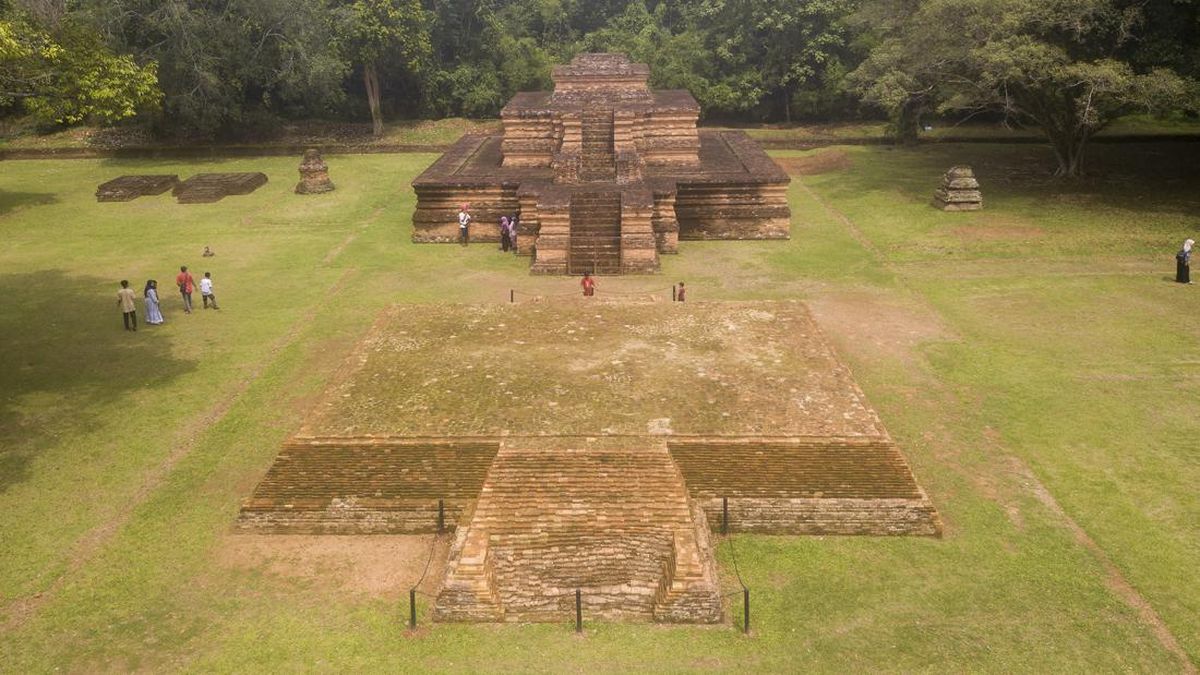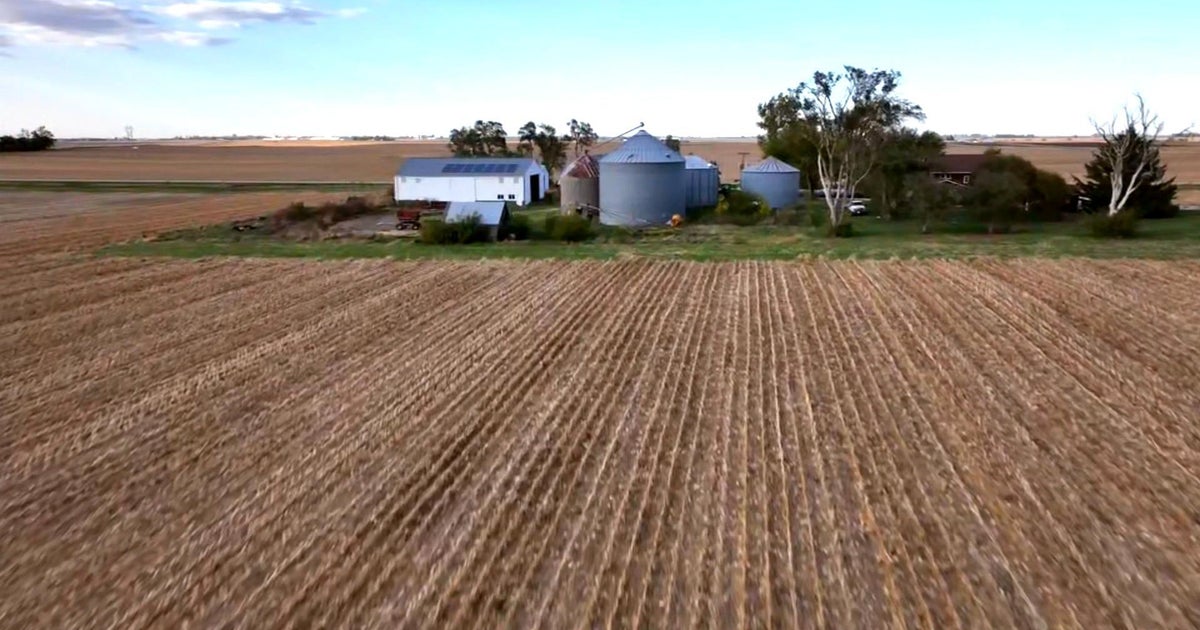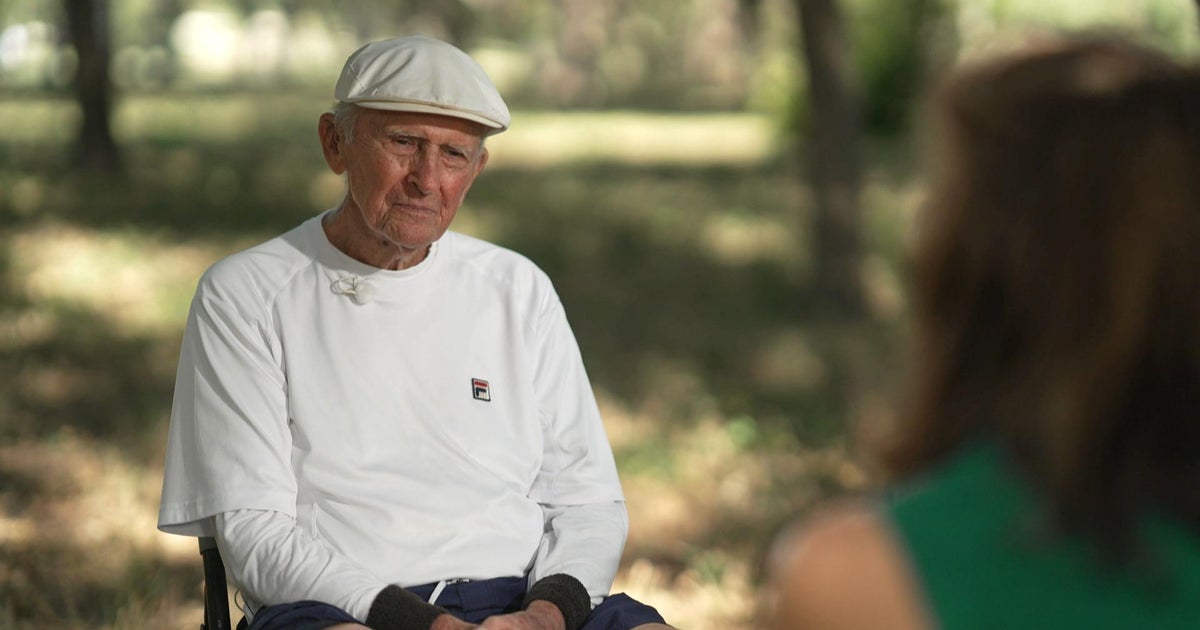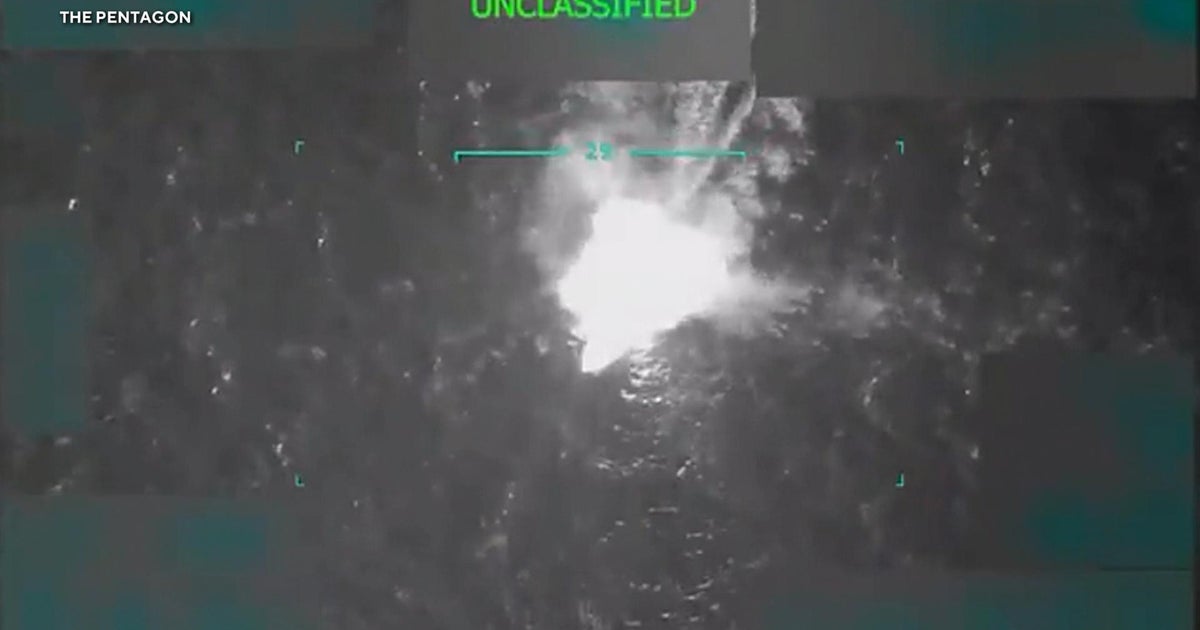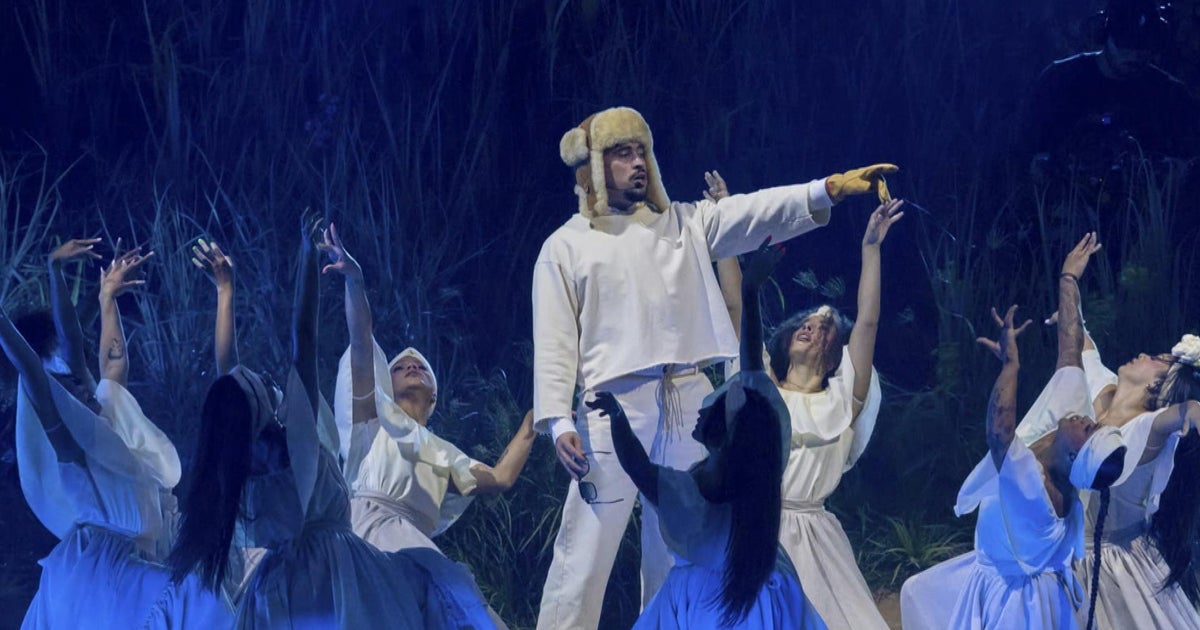What in the World, a free weekly newsletter from our foreign correspondents, is sent every Thursday. Below is an excerpt. Sign up to get the whole newsletter delivered to your inbox.
Konnichiwa from Tebajima.
A few kilometres off the east coast of Shikoku, the smallest and least populated of Japan’s four main islands, the tiny islet of Tebajima is frozen in time.

Amateur historian Nick Russell on Tebajima island, off which the Cyprus was anchored in 1830.Credit: Fred Mery
There are no cars here, or shops. In fact, there are no roads, really, just one main path that sweeps around a cove where a small ferry pulls in, chugging the 15-minute trip across from the mainland six times a day.
The island is dotted with about 150 traditional wooden houses, many of them built more than a century ago in the Meiji era, when Tebajima was a bustling fishing village. Today, most of them sit empty, save about 30 — a sign of the ageing-induced population decline sapping life from Japan’s rural towns and villages.
I spent a night on Tebajima last week, on a traditional futon bed in an old wind-whipped wooden cottage lined with tatami mats. It was owned by the village head and generously offered to my cameraman and me for a small charge which, on the advice of locals, we supplemented with a gift from my own adopted home – a box of Singapore’s best pineapple tarts.
I was here to pull at the improbable thread of Australian convict history woven into the island’s own.
Also staying on the island were Julie Findlay and her family, who were retracing the steps of her great-great-great-grandfather – John Denner, a 22-year-old convict who had sailed through these waters nearly two centuries earlier on the hijacked colonial vessel, the Cyprus.
Tebajima is now regarded by some historians as the site of a flashpoint marking the first contact between Australia and Japan almost two centuries earlier.
Almost as equally improbable as this historical encounter is the tale of how the convict link was uncovered.

Today as few as 30 of the homes on Tebajima are occupied.Credit: Fred Mery
From a modest observation deck built into the island’s overgrown hillside, British teacher Nick Russell casts his arm in the direction of the glittering blue Pacific Ocean that laps its rocky shore.
Somewhere out there, he gestures – but not too far, perhaps 600 metres as the crow flies from his holiday cottage on the island – a ship bearing a British flag was chased away by the samurai with cannonball fire in January 1830 after spending 11 days drifting along the Japanese coast.
Russell put down roots in Tebajima in 2014, having already spent 30 years living and teaching English in Japan. He purchased one of the village’s old wooden houses, seduced by the island’s quaint charm, slow pace of life and decent, if sporadic, surf break a short paddle from his new home.
“I’d always been interested in local history and so I Googled ‘foreign ship’ thinking there might be something. Immediately, images of the Cyprus popped up with a map showing that it moored about 600 metres off my new back garden,” Russell explains.

Tebajima Island is dotted with old wooden houses, many of them dating back a century to Japan’s Meiji era. Credit: Fred Mery
“So I felt, ‘OK, I’ve got to solve this mystery. What is this ship? Why was it here? Who was it?’”
The Cyprus brig was carrying 10 Australian convicts, led by roguish captain William Swallow. Months earlier, they had been among a larger group of 18 who staged a mutiny and made a madcap escape across the Pacific from the purgatory they knew as Van Diemen’s Land (Tasmania).
Their dash for freedom took them via New Zealand, the Chatham Islands and Tonga, before ending in China, where a number of them were arrested and sent to England for piracy trials.
The images uncovered in Russell’s internet search were contained in old samurai manuscripts that had recorded the arrival of a “barbarian” ship in 1830 and which, by fortuitous circumstance, had been digitised only a few months earlier.

Tasmanian convict descendant Julie Findlay (centre) and her family pictured with descendants of the samurai who repelled the Cyprus.Credit: Fred Mery
They featured watercolour paintings of the suspected pirates and their ship, and vivid descriptions of the men as having “red curly hair” who “sounded like birds twittering”, who rolled tobacco and ate it in a way that was “strange and suspicious”.
“Without doubt, they must be some kind of pirates and we should swiftly crush them!” a local commander said, according to an account by samurai artist Makita Hamaguchi.
It took a further two years of research – and the help of a local manuscript translation group on Shikoku to decipher the antiquated Japanese script – for Russell to eventually match the samurai accounts with English records and identify the ship as likely to be the mutinied Cyprus.
“Once I started to look at [UK newspaper] The Times articles that described what Swallow regaled at trial, it was a perfect fit with what’s in the Japanese manuscript about what happened,” Russell said.
“The samurai took out this big cannonball and said unless you leave immediately we’re going to start firing these things at you.”
Until then, Swallow’s tale of the convicts’ encounter in Japan had languished as a wild, but uncorroborated yarn in the history books. When Russell’s findings were reported in The Guardian in 2017, it revived interest in the Cyprus and unearthed another series of uncanny coincidences that have added dimension to this tale.
Australian journalist Tim Stone’s interest was piqued by Russell’s findings, and the pair teamed up to apply for research grants to translate the manuscripts into English. It set Stone along his own almost decade-long adventure retracing Cyprus’ journey across the Pacific and tracking down descendants of the convicts and samurais.
“What we started to realise is there is a network of people across cultures and countries that are deeply invested in this history,” Stone says.

A replica of the Cyprus brig at the Pirates Tea House cafe on Tebajima.Credit: Fred Mery
One of them is Julie Findlay. Around the same time Russell was uncovering the manuscript links, Findlay was buried in a diploma of family history at the University of Tasmania, researching her ancestor, Denner, who had been serving a life sentence for stealing wine at the time of the mutiny.
Remarkably, Findlay’s son, Callum, was in Tonga working for the Australian government when Stone turned up on his quest to find Cyprus descendants. Callum put the pair in contact. In another striking coincidence, Callum had spent 12 months in Shikoku as an exchange student years earlier, unaware of his ancestor’s connection to the region.
These threads were brought together last week when Findlay and her family travelled to Shikoku to meet and exchange gifts with descendants of the samurai who had led the repulse of the Cyprus in an event organised by Stone and Russell.
Loading
“He would have seen extraordinary things coming from Bristol to Van Diemen’s Land, and then to travel through the Pacific, touching on Tonga and going onto Japan would have been amazing,” Findlay says of Denner.
Russell is hoping Tebajima’s convict history will help revive the island with a new stream of tourists. He’s opening a guesthouse that will have pirate and samurai themed rooms above a cafe called Kaizoku Chaya or “Pirates Tea House”.
In the cafe, a replica of the Cyprus brig sits in the window, facing the blue waters that surely hold more maritime secrets.
Most Viewed in World
Loading








